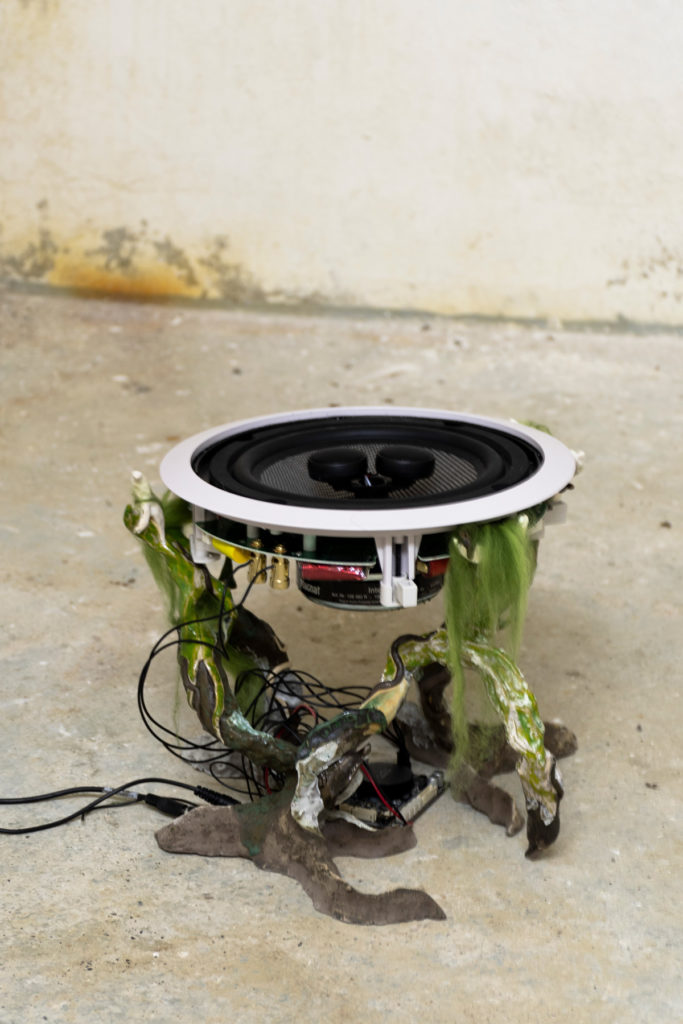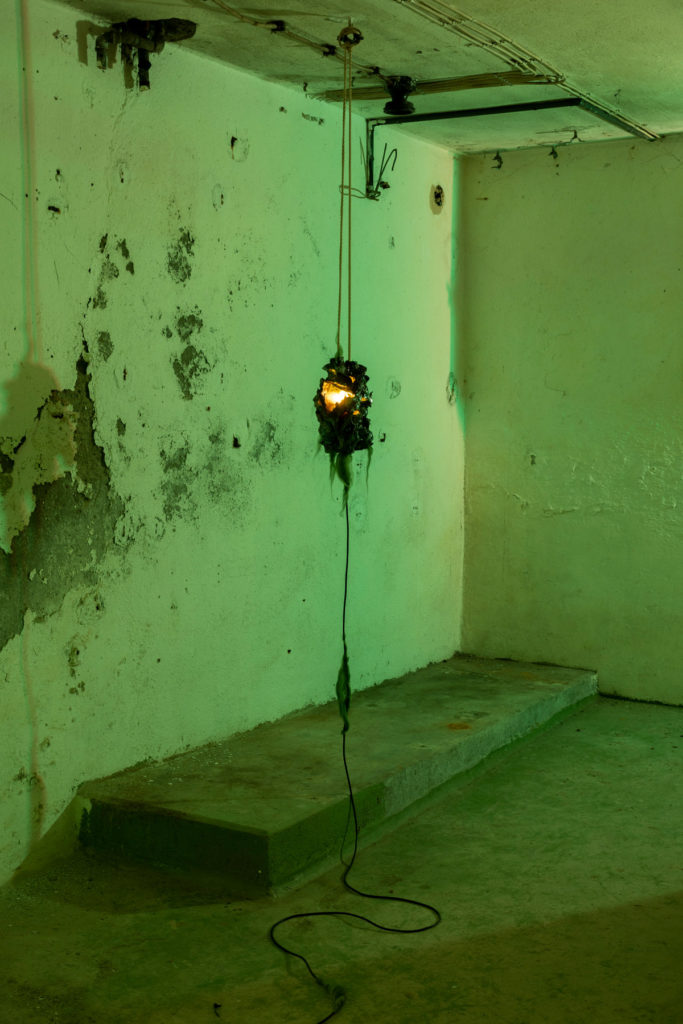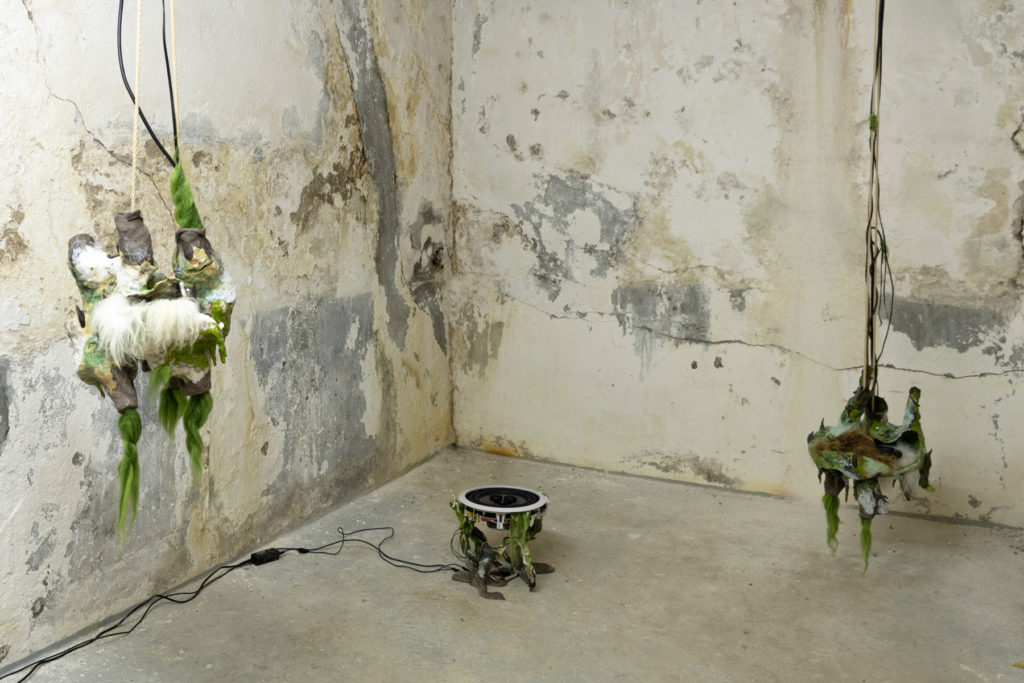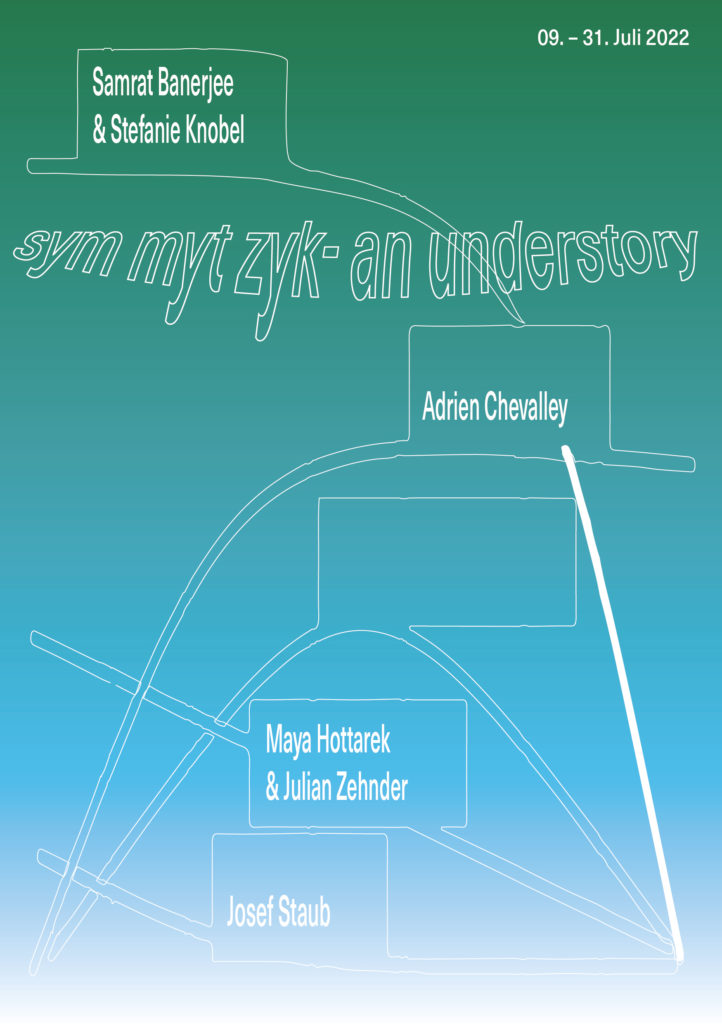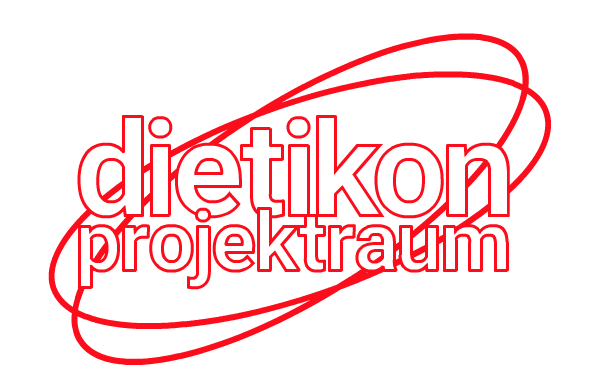sym myt zyk- an understory
with Samrat Banerjee & Stefanie Knobel, Adrien Chevalley, Maya Hottarek & Julian Zehnder, Josef Staub
9 – 31 July 2022
curated by Dietikon Projektraum
Dietikon Projektraum is pleased to invite you to sym myt zyk — an understory, an exhibition which springs from the fertile soils of the forest and the hidden stories of the undergrowth that trigger thoughts about connectivity, interdependencies and cyclic thinking.
SAMRAT BANERJEE & STEFANIE KNOBEL
“Do you think that in future, with the help of genetic engineering, humans can grow gills, the breathing organs of fishes, so that they could inhabit or adapt to an aquatic life?” Starting from the concrete threat of his hometown Kolkata being submerged as a symptom of global change, Samrat Banerjee and Stefanie Knobel speculate on the possibility and implications of human beings living and breathing under water. Their proposal opens perspectives to tackle (self-imposed) human supremacy and return to a life aware of interdependencies between humans, non-human animals, other lifeforms as well as non-life. With the installation Tropes of Submerged Breathing they raise the image of this science fiction in a concrete way. The gills grow out of the walls, adapt to the space and weave their webs. They consist of palm-leaf plates, a material which is being advertised in the western world as a sustainable product- though imported from India to Switzerland, where it lacks the presence of the microorganisms that would be able to compose the leaves in this trans locality. If each one starts to think about their connectivities and interdependencies, would we be able to learn how to give up our safe zones?
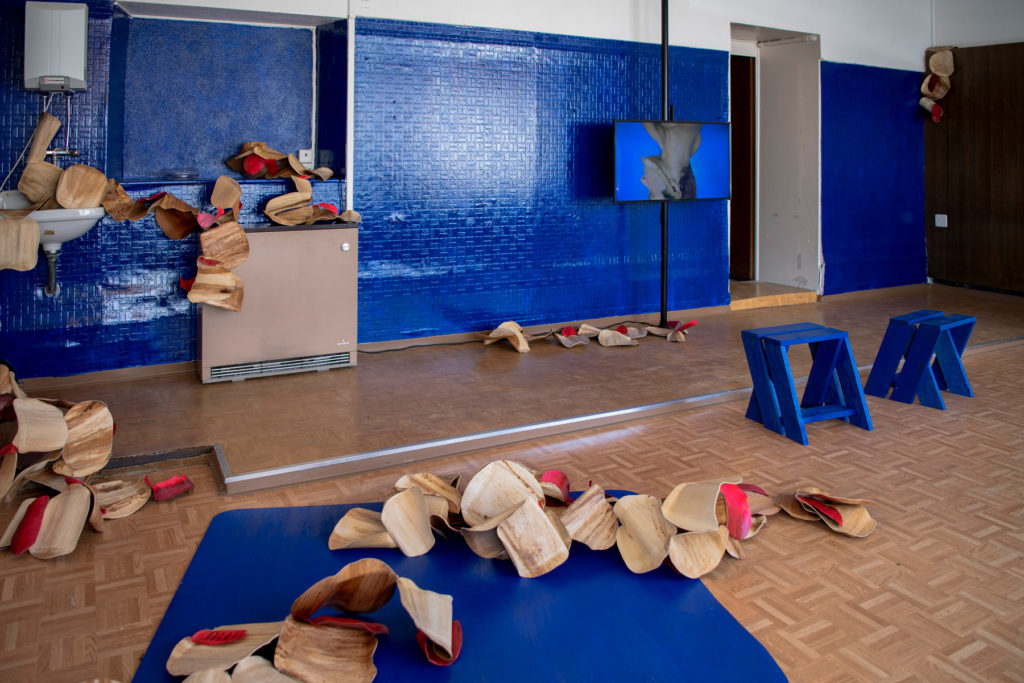
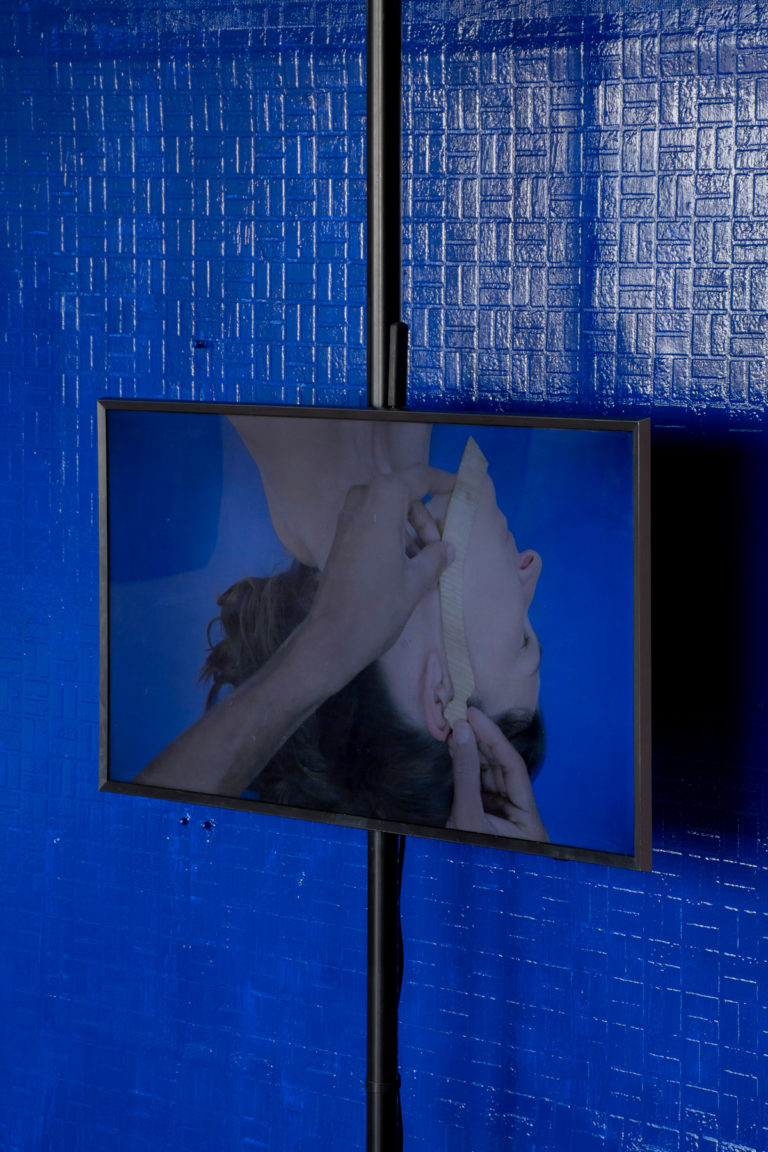
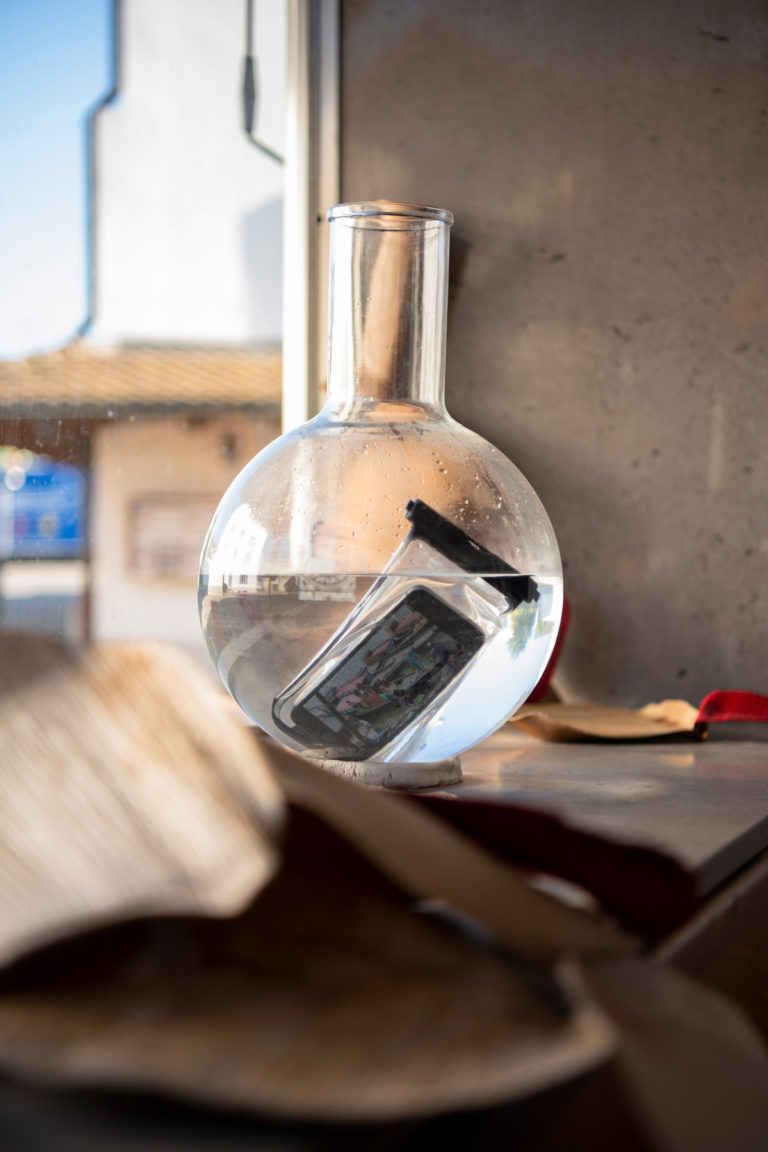
public walk through the Honeret forest
with the Holzkorporation Dietikon, the forester Felix Holenstein, and the artists Samrat Banerjee and Stefanie Knobel
JOSEF STAUB
The Dietiker artist Josef Staub (1931-2006) is mostly known for his chrome steel sculptures in public spaces all over Switzerland and beyond. Until now, his drawings and watercolors remain mostly unseen. Staub created these in a diary manner, reflecting on his everyday surroundings and travelings. He painted landscapes, shapes and plants, many of which come to influence the more abstract character of his sculptures. A frequent theme is the forest around his yearlong hometown Dietikon. He continuously went to the surrounding woods of Honeret and Guggenbühl with his sketchbook to make drawings, whose intimacy reflects of the natural world.
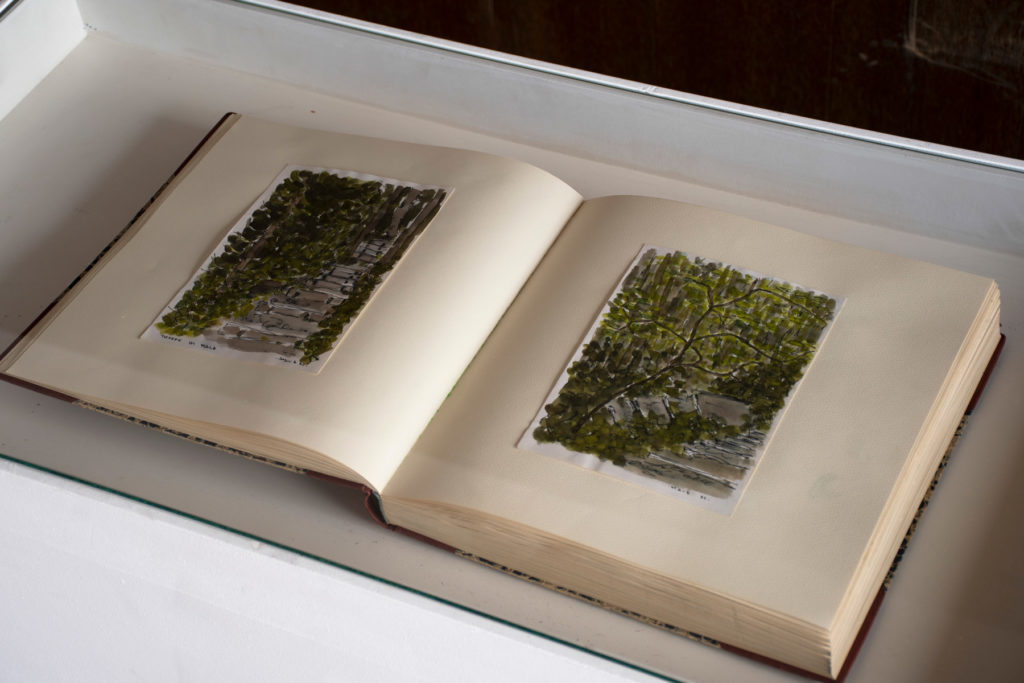
ADRIEN CHEVALLEY
In his practice, Adrien Chevalley gives attention, care, and time to the seemingly banal and overlooked, transforming the images he draws from here into ceramic sculptures, wall pieces and installations. Grown up with a family of potters and having the handcraft of ceramics embodied, working with clay became his tool for image making. Chevalley draws an image of a world in relation. Reoccurring imagery stems from agriculture where the work reflects the nature-culture entanglement, merging organic shapes and human made technologies. Chevalley depicts critters, microorganisms, and speculates on the alien and unknown by setting them in concrete surroundings of human made infrastructures.
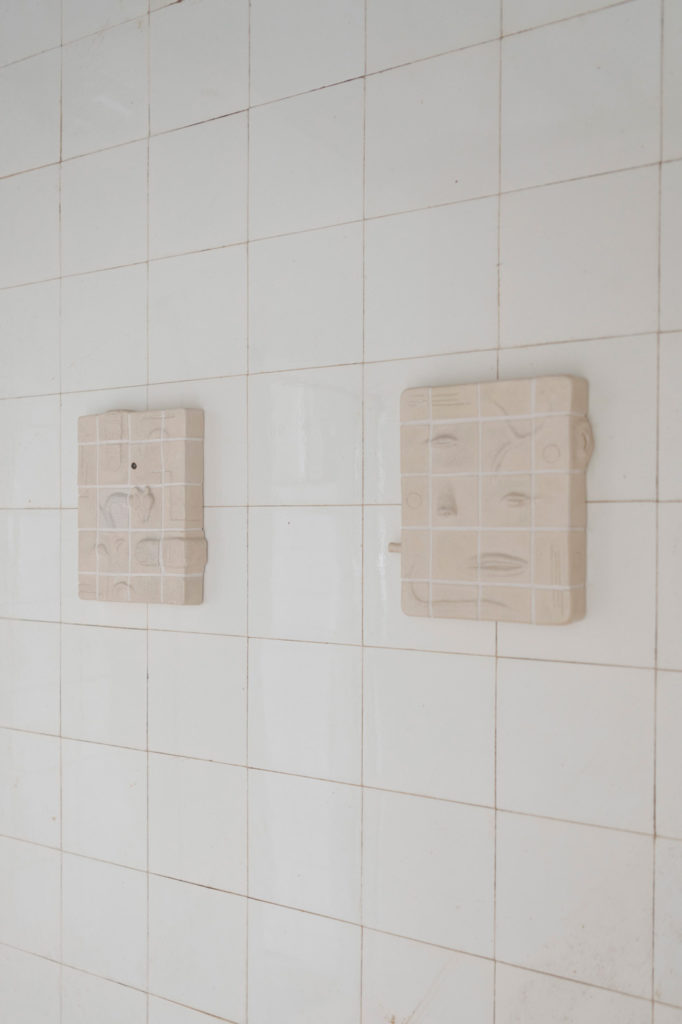
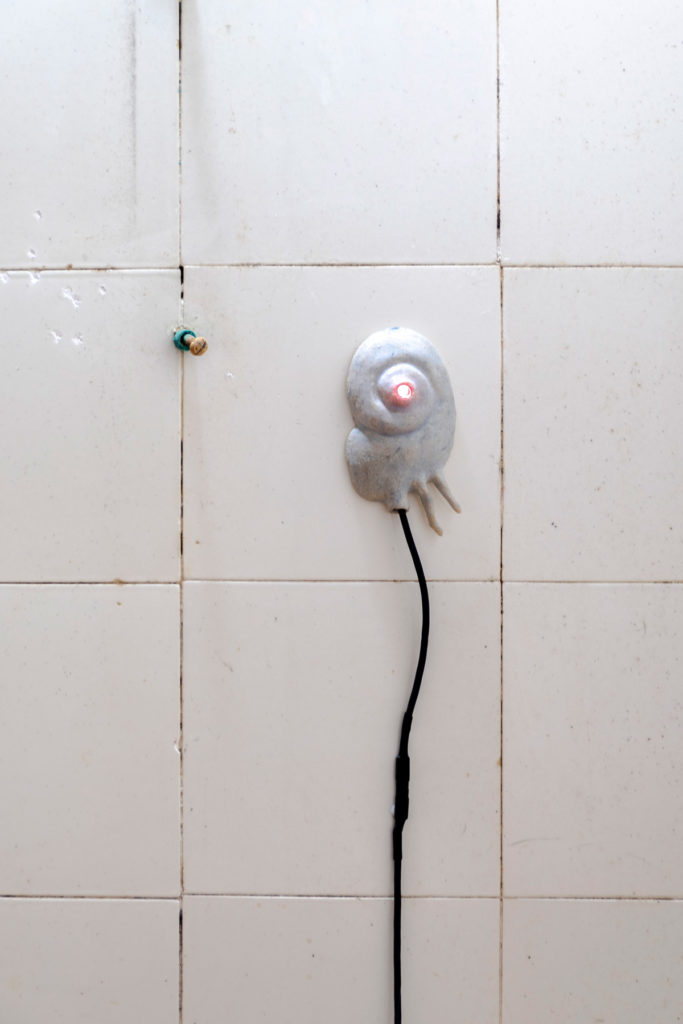
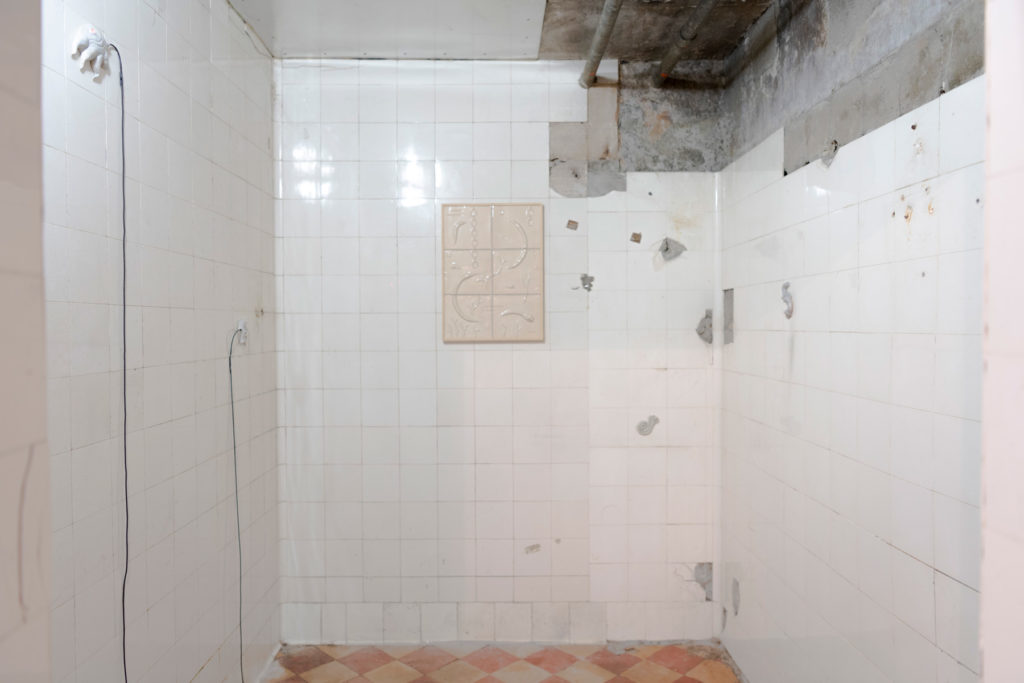
Maya Hottarek & Julian Zehnder
In this collaboration, Maya Hottarek and Julian Zehnder, merged their practices to reflect on the concept of Symbiosis – a theory developed by biologist Lynn Margulis. Margulis argues that evolution is not based exclusively on a Darwinistic principle of „the survival of the fittest“ but that all life relies on modes of cooperation and interdependency among different species. This view is supported by the observation of Eukaryotes – the smallest and most original form of all living beings created by sexual reproduction that exist today. Departing from these notions, Hottarek and Zehnder produce a work inspired by the interaction of microorganisms and their environments. The work Autopoiesis wanders science and fiction, imagining what might be unseen and unheard by humans and what arouses when imagining a holistic system and its woven nets rather than its individual components.
